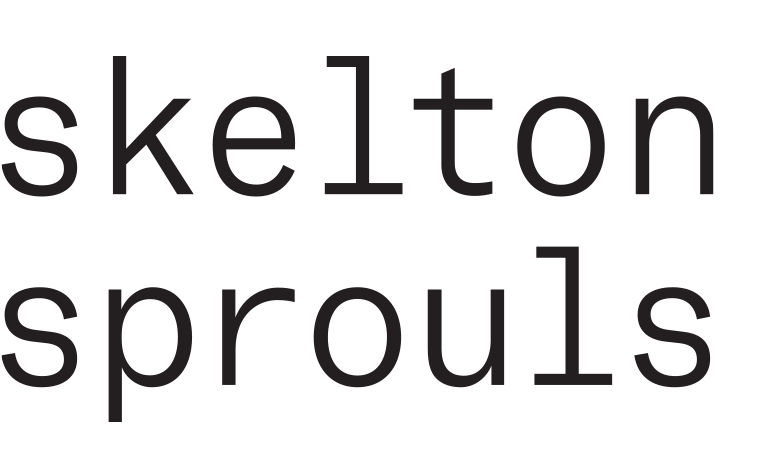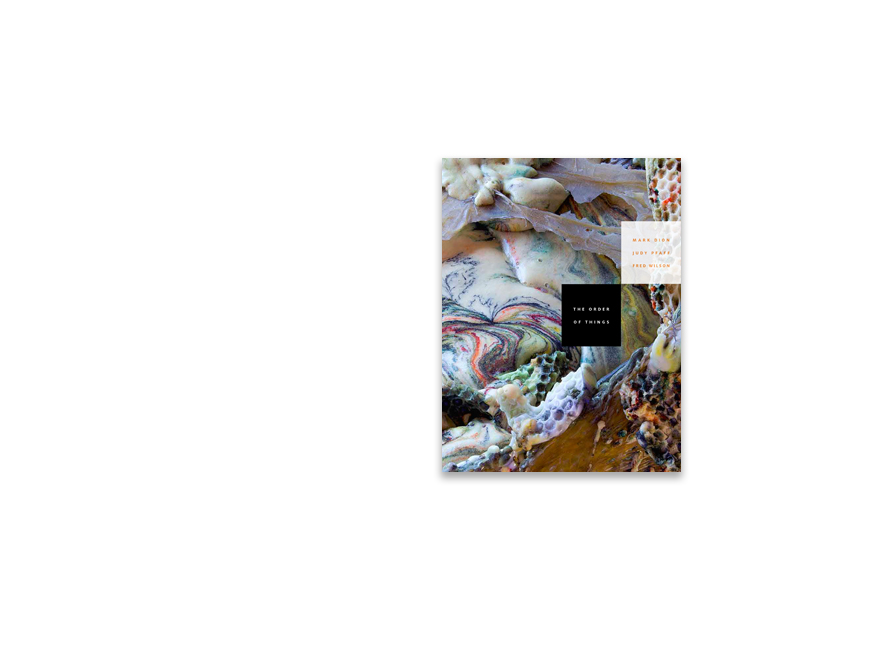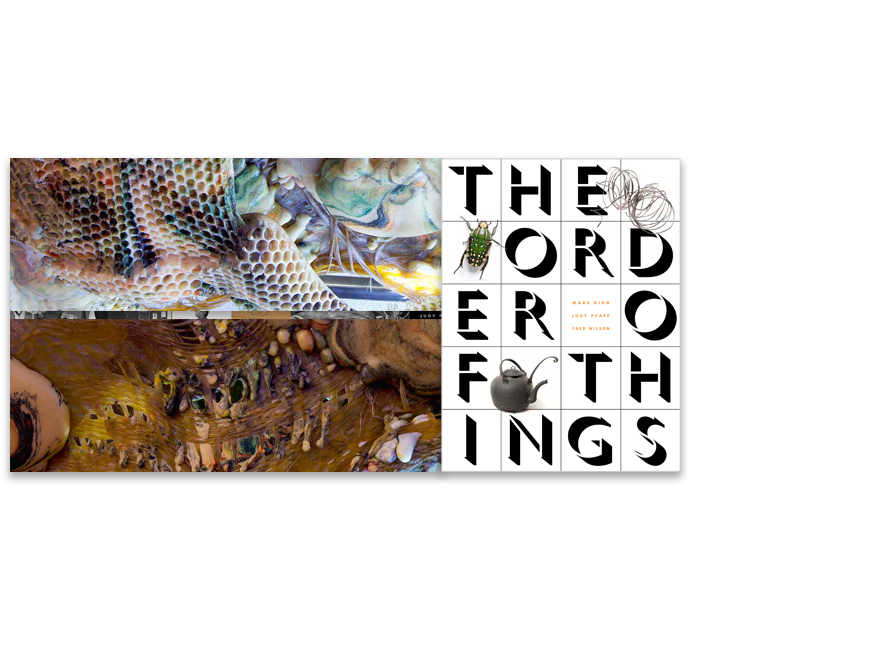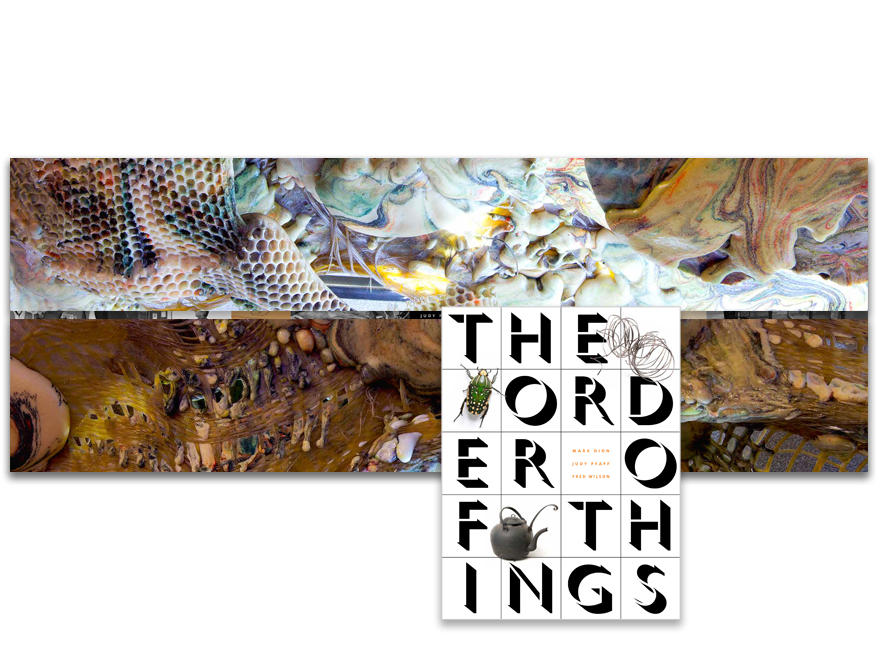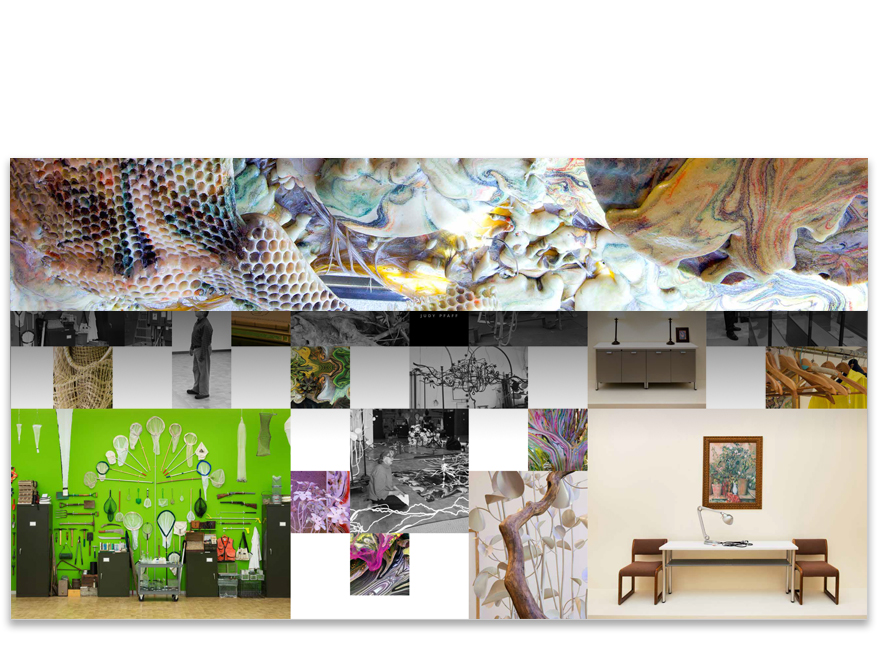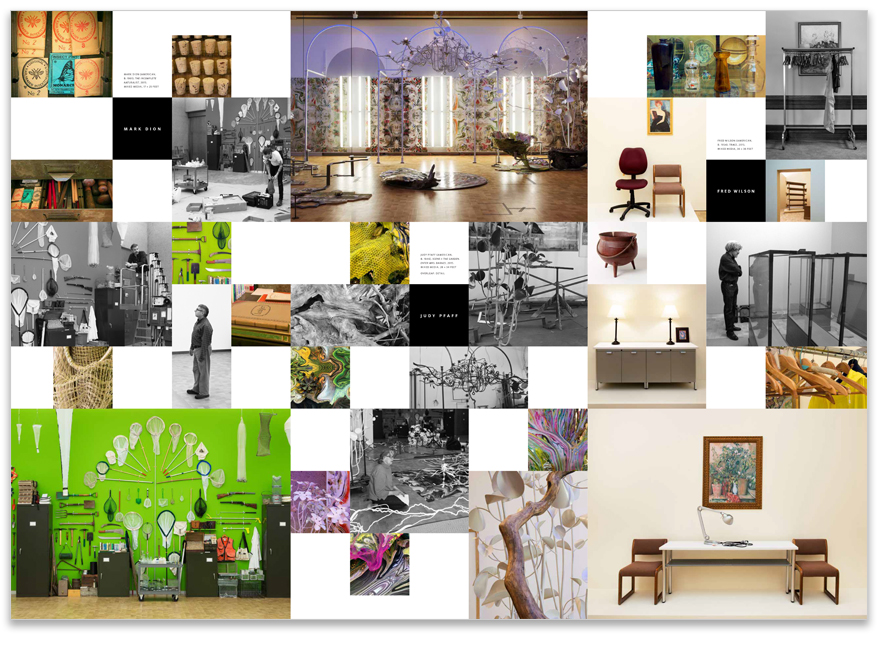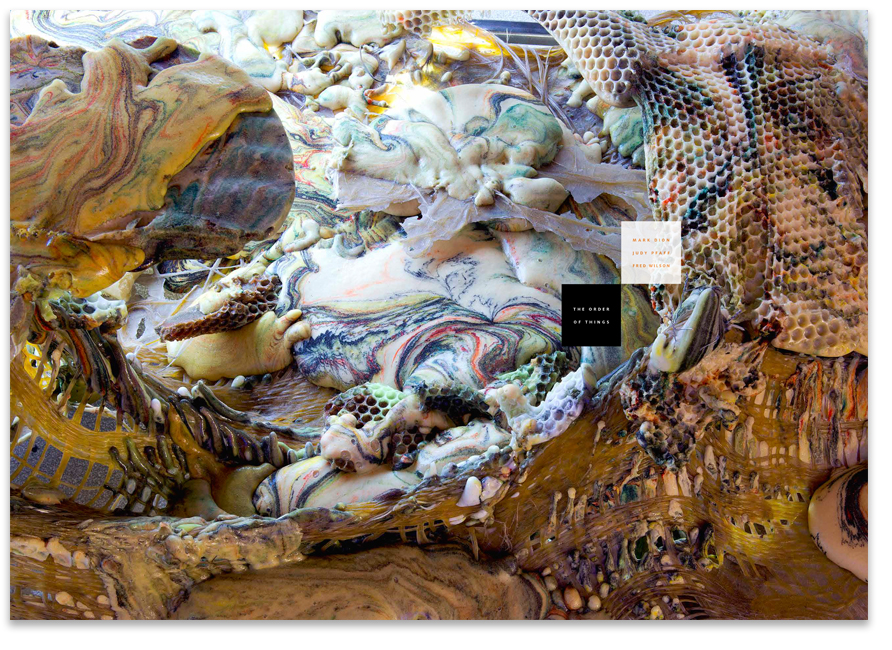Now that printed books are outselling ebooks,* great cover design matters more than ever. A strong visual presence sells books – particularly art books – whether online or on the shelf. The designer’s key to a successful cover is finding the most striking balance of image and words to communicate the essence of the book’s subject.
* A Nielsen Books & Consumer survey showed that ebooks were outsold by both hardcovers and paperbacks in the first half of 2014.
A STRONG VISUAL
Whether the subject matter is familiar or unknown, all books need a strong visual image on the cover to attract a reader. A detail or a key element of an artist’s work can add new and unexpected drama. Materials, textures or patterns taken from the artwork can also create a unique first glance at the subject. Of course some artists, or their estates, forbid the reproduction of cropped or altered artworks. In those instances (and they occur often) the designer must rely on a creative combination of typography and image to evoke the artist’s aesthetic.
For Mark Dion, Judy Pfaff, Fred Wilson: The Order of Things (pictured above), the Barnes Foundation commissioned three contemporary artists to create thought-provoking installations in response to Barnes’s ensembles. For the cover of the exhibition catalog, we designed a poster that folded down to a dust jacket and wrapped around the book. We chose a detail from Judy Pfaff’s installation for the poster, with photographs on the reverse side showing all three installations in various stages of completion. When the jacket was removed, the softbound cover revealed a typographic design that compliments and contrasts with the poster. The detail shown on the dust jacket cover provided a strong presence in the museum store. Once the cover was unwrapped, readers received a bonus second cover.
A SIZABLE IMPACT
Oversized covers will naturally stand out next to standard-sized books. Large covers have a built-in presence and show off works of art in greater clarity and detail. While size will lure the reader to pick up the book, big reproductions inside provide added incentive to take the book home as a keepsake. Large images can serve as facsimiles of the actual artwork seen in an exhibition.
For the Barnes Foundation’s first show of contemporary art in 90 years, Ellsworth Kelly: Sculpture on the Wall, we designed a book based on the exhibition's centerpiece, Sculpture for a Large Wall, a massive 65-foot-long wall sculpture. A gatefold center signature inside an oversized hardcover book provides a lasting reminder for visitors.
Ellsworth Kelly: Sculpture on the Wall, 9.25" x 13.25"
Sculpture on the Wall center fold, 9" x 39.25"
A TACTILE QUALITY
The texture and surface of a book cover can contribute greatly to its appeal as an object. High quality materials and finishes add another level of elegance and sophistication to the design of a book cover. Dust jackets and paper wrapped casement books have a classic, scholarly attraction. A hard cover wrapped in a fine textile such as linen or silk can make a book feel like a precious object.
Morandi: Master of Modern Still Life, the hardcover book we designed for The Phillips Collection, was wrapped in a light brown linen fabric which functioned as a frame for a tipped-on reproduction of a Morandi painting. The title appears within a foil-stamped white rectangle, adding tactile and visual contrast. The book proved to be very popular among visitors to the exhibition and sold out in the museum’s gift shop.
Morandi: Master of Modern Still Life. Casement cover wrapped in high quality linen.
Whether the subject matter is familiar or unknown, all books need a strong visual image on the cover to draw a reader in.
Read earlier case studies from this series:
• Museums: Gallery Guides to Go
• Museums: Art in the Classroom
• Art Books: Creating a Keepsake
• Art Books: Special Exhibitions
• Art Books: Cultivating Engagement
Want to be notified when additional case studies in this series are posted?
Subscribe here to receive emails from us.
